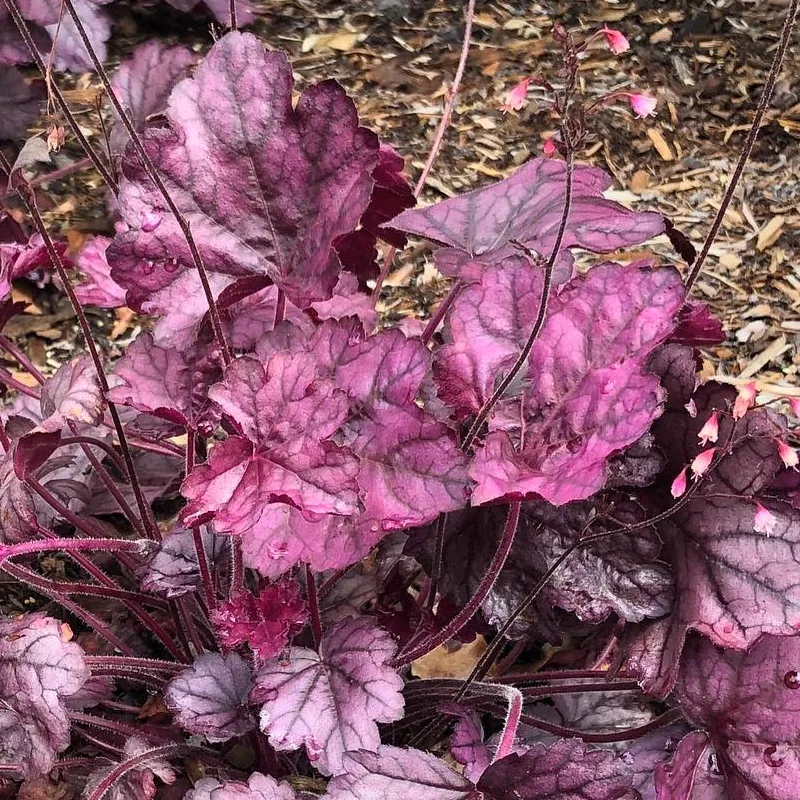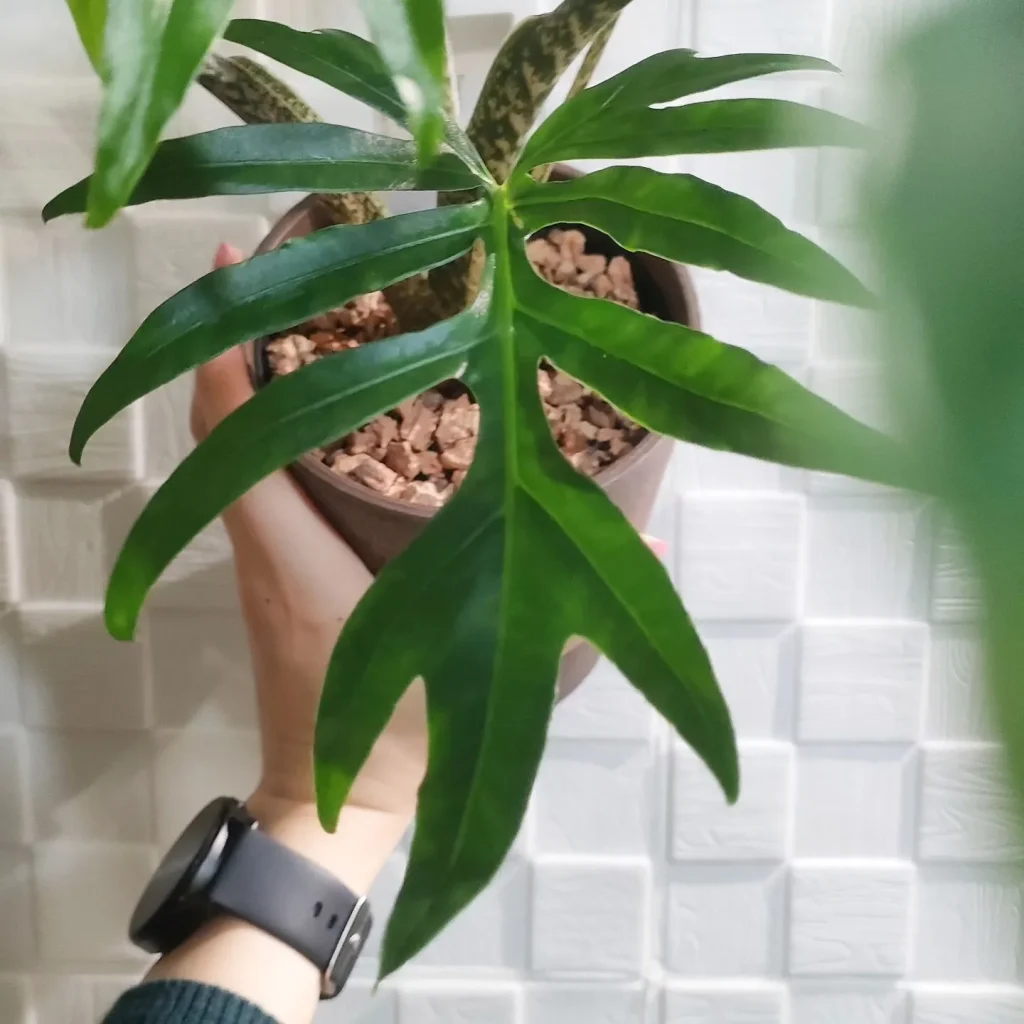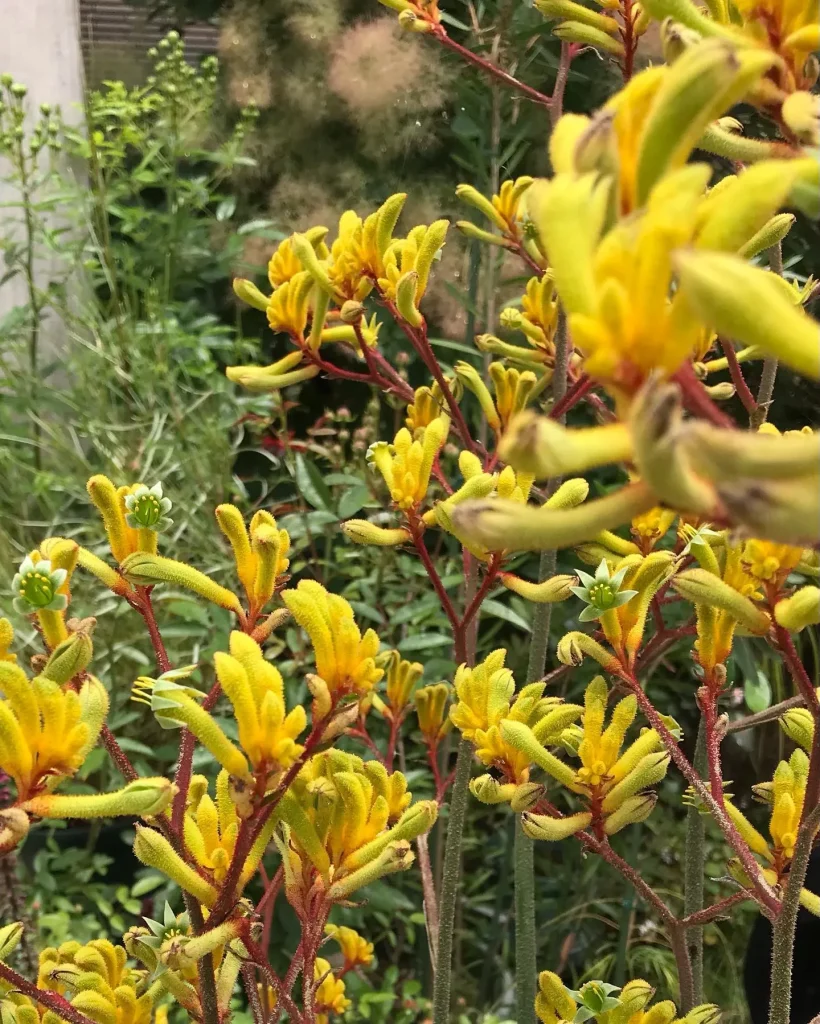The Allure of Pieris: A Personal Exploration
My name is Ferb Vu, and I’ve always been drawn to the quiet elegance of Pieris, a genus of evergreen shrubs in the Ericaceae family. These plants, with their delicate blooms and vibrant foliage, possess a unique charm that captivates gardeners and nature enthusiasts alike. Native to mountain regions of Asia, North America, and Cuba, Pieris species bring a touch of the wild into cultivated spaces.
A Diverse Genus
The genus Pieris encompasses a fascinating array of species, each with its own distinct characteristics:
- Pieris japonica: Perhaps the most well-known, this Japanese native is admired for its cascading clusters of lily-of-the-valley-like flowers and its bronze-red new growth.
- Pieris floribunda: Also known as mountain fetterbush, this North American species boasts dense, upright panicles of white flowers and displays excellent cold hardiness.
- Pieris formosa: Hailing from the Himalayas, this species is notable for its larger leaves and its long, drooping panicles of white or pink-tinged flowers.
- Pieris cubensis: This Cuban endemic species is a rare and unique member of the genus, with larger, more open flower clusters.
- Pieris nana: A dwarf variety of Pieris japonica, this compact shrub is perfect for smaller gardens or container planting.
- Pieris taiwanensis: As its name suggests, this species is native to Taiwan and features showy, elongated flower clusters.
- Pieris amamioshimensis Setoguchi & Y.Maeda
- Pieris koidzumiana Ohwi
- Pieris phillyreifolia (Hook.) DC.
- Pieris swinhoei Hemsl.
A Feast for the Senses
What truly captivates me about Pieris is the way it engages multiple senses. Visually, the plants are striking. The springtime floral display is a spectacle, with pendulous clusters of urn-shaped flowers adorning the branches. The blossoms, often white or shades of pink, create a beautiful contrast against the deep green foliage. Even when not in bloom, the foliage itself provides year-round interest. Many cultivars offer vibrant new growth in shades of bronze, red, or even fiery orange.
Beyond their visual appeal, Pieris plants offer a delightful olfactory experience. The flowers exude a subtle, sweet fragrance that perfumes the air, particularly on warm spring days. It’s a delicate scent that invites you to linger and appreciate the beauty of the plant.
Cultivating Pieris
While Pieris plants are generally low-maintenance, understanding their needs is essential for successful cultivation. They thrive in acidic, well-drained soil and prefer partial shade, especially in hotter climates. Regular watering is crucial, particularly during the establishment phase and periods of drought.
One of the joys of growing Pieris is witnessing the transformation of the foliage. The new growth emerges in vibrant hues, gradually maturing to a deep green. This continuous change adds dynamism to the garden, providing interest throughout the seasons.
Pieris in the Garden
Pieris shrubs are incredibly versatile in the landscape. Their compact size makes them suitable for even small gardens, while their elegant form adds structure and sophistication. They can be planted as specimen shrubs, incorporated into mixed borders, or even used to create attractive hedges. Their affinity for acidic soil makes them excellent companions for other acid-loving plants like rhododendrons and azaleas.
I find that Pieris plants have a calming presence in the garden. Their graceful form and delicate blooms evoke a sense of tranquility. Whether enjoyed as a focal point or as part of a larger planting scheme, they bring a touch of understated beauty to any space.
A Continuing Fascination
My exploration of the genus Pieris is an ongoing journey. I’m constantly discovering new cultivars and learning more about their unique characteristics. The diversity within this genus ensures that there’s always something new to appreciate. Whether I’m admiring the delicate blooms of Pieris japonica or the fiery new growth of Pieris ‘Flaming Silver,’ I’m reminded of the enduring allure of these captivating plants.
If i die, water my plants!



